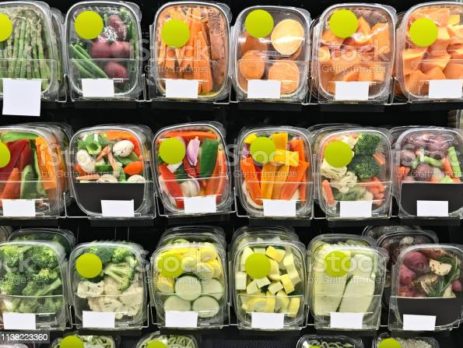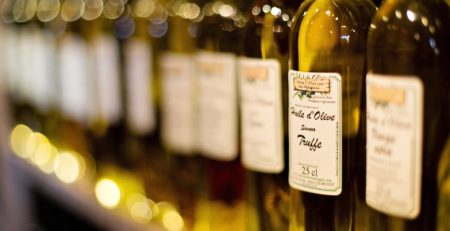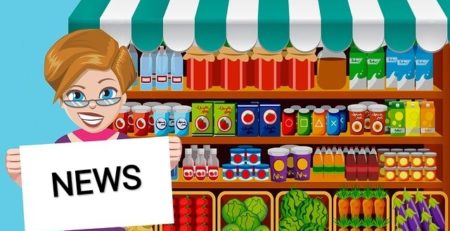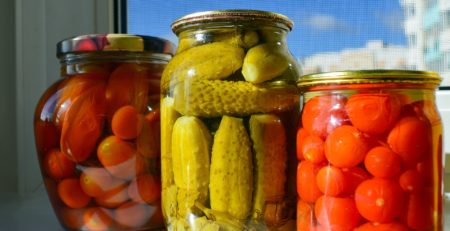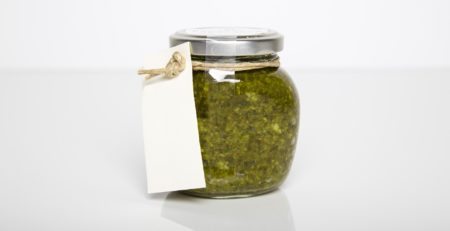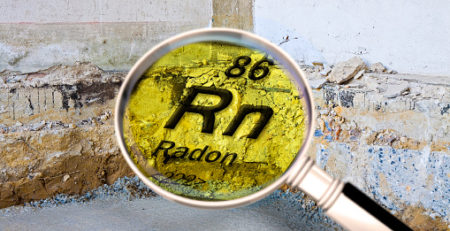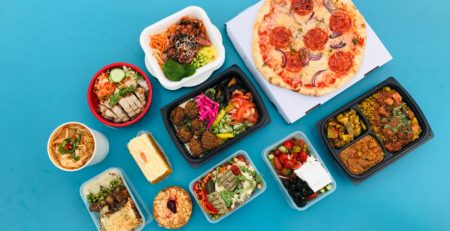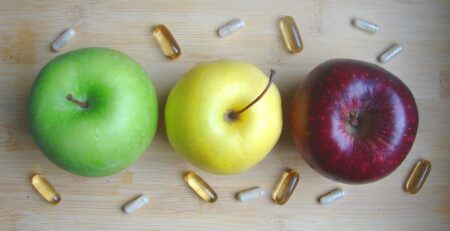Packaged foods: how to increase shelf life
The UNI 10534-2005 standard defines shelf life as the period of time that corresponds, under certain storage conditions, to a tolerable decrease in food quality. It essentially defines the suitability for food use, contextualizing itself in a wider discourse that takes into consideration the chemical-physical, organoleptic, enzymatic and microbiological characteristics of the product.
In the degradation process of a food product, several intrinsic and extrinsic elements can come into play:
Main intrinsic properties:
- Activity Water (Aw): value that defines the quantity of water available inside an element, for most bacteria is not possible to grow at values lower than 0.90
- pH: measures the acidity or alkalinity of a matrix and influences the ability of microorganisms to survive and grow. Most microorganisms do not grow or produce toxins at pH values < 4.5, while yeasts and molds can tolerate even more acidic pH values.
- Microbiological aspects of raw materials
- Food composition: ingredients and the way they are combined can influence the quantity and quality of microorganisms that can grow and proliferate
Main extrinsic properties:
- Processing: steps to which the food is subjected and which influence its durability. Some of the best known are pasteurization, fermentation/maturation, high pressure treatment.
- Packaging materials: these protect the food from contamination during the phases following packaging, acting primarily as a barrier to light and oxygen in order to slow down its perishability.
- Preservation methods: physical/environmental conditions such as temperature, humidity, light and proximity to other foods, represent important factors which can accelerate perishability. It is necessary to underline how the temperature of refrigeration is not always synonymous of total safety, as some pathogens can survive and remain dormant even at these temperatures.
Trying to increase the shelf life of a product is a goal of interest for the majority of packaged food producers, it is fundamental to improve market performances, waste management and customer satisfaction.
In order to prolong the shelf life of a food product, the importance of the selection and management of raw materials, the cleanliness of the premises and equipment, the processing and storage temperatures, the training and hygiene of the staff must all be taken into consideration.
Packaging represents a crucial aspect for any type of product, it is a defense from the external environment and therefore from the factors that determine the decay of the product. Oxygen in particular is one of the factors that most affects the shelf life of some foods. It is the cause of oxidative phenomena and allows the development of aerobic altering microorganisms (bacteria, molds, etc.). The simplest system to reduce the effects of oxygen is vacuum packing, in which air is completely eliminated from the package by using specific packaging machines.
Another solution is represented by the packaging in modified atmosphere (MAP), inside which the air is opportunely substituted by a mixture of gases. Often carbon dioxide is used (it has an inhibiting effect on the microbial flora, creating a slight acidification) and nitrogen (inert gas, used to fill the package).
These ATMs can be used not only for packaging, but also in the production process (e.g. for ground meat). In rare cases (red meat processing), a high concentration of oxygen is deliberately used in order to prevent the red color from turning pale and to inhibit the growth of anaerobic organisms.
In order to prolong the shelf life of foods it is possible to use food additives. Reg. 1333/2008 regulates them and divides them into functional categories. Among the main types we find
- preservatives: they prolong the shelf life of foods by protecting them from deterioration caused by altering or pathogenic microorganisms. E.g. Sulfur dioxide and sulfites (E220-228)- Nisin (E234) – Nitrates and nitrites (E249-E252) – Lactic acid (E270) – Calcium propionate (E282)
- antioxidants: extend the shelf life of foods, protecting them from deterioration caused by oxidation, such as rancidity of fats and color changes. Ascorbic acid (E300) – Citric acid (E330) – Tocopherols (E306-309) – BHA (butyl-hydroxy-anisole or E320) and BHT (butyl-hydroxy-toluol or E321)
- Coating agents: applied to the outer surface of a food product, they give a shiny appearance or provide a protective coating. E.g. Waxes (E901-903).
- humectants: prevent food products from drying out by counteracting the effect of low atmospheric humidity or promote dissolution of a powder in an aqueous environment
Active packaging and intelligent packaging solutions are becoming increasingly popular.
Active packaging is a type of packaging which plays an ‘active’ role in food preservation by interacting with the product or its environment. This can act by gradually releasing substances with a stabilizing action on certain processes such as antioxidants, preservatives, carbon dioxide or ethanol, or “capturing” unwanted substances such as oxygen, moisture or ethylene.
The intelligent packaging is able to provide information on storage conditions or on the quality of the food contained; through indicators comes, for example, to directly inform the user on the level of deterioration and safety of the food contained. An example are special inks that react to temperature and thus detect climatic conditions such as heat and humidity.
If you would like to request a consultation, the Studio Santoro team will guide you in choosing the most suitable service for your needs.

